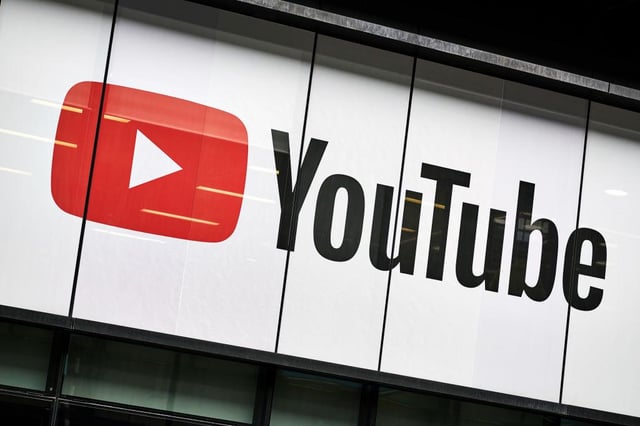The world of tech is known for its rapid innovation and dynamic workforce, but even industry giants aren’t immune to restructuring. Recent news out of Google’s video streaming platform, YouTube, is a prime example. YouTube has announced a “voluntary exit program” for its US-based staff. What does this mean for the future of YouTube and its employees?
What is the Voluntary Exit Program?
A “voluntary exit program” is essentially an offer from a company to its employees, encouraging them to leave their jobs in exchange for a severance package. This usually includes benefits like a lump-sum payment, extended healthcare coverage, and outplacement services to help with finding a new job. The details of YouTube’s specific package haven’t been fully disclosed, but we can assume it will be competitive enough to incentivize employees to consider the offer.
Why would a company like YouTube, seemingly at the top of its game, offer such a program? There are several potential reasons. It could be a move to streamline operations, reduce costs, or restructure teams to better align with the company’s strategic goals. Sometimes, it’s a combination of all three.
Essentially, the program gives employees the option to leave with a safety net, while also allowing YouTube to downsize its workforce without resorting to involuntary layoffs. From YouTube’s perspective, a voluntary program can reduce employee morale problems stemming from forced redundancy.
Possible Reasons Behind YouTube’s Decision
While YouTube hasn’t explicitly stated the reasons behind the voluntary exit program, analysts and industry insiders have offered several plausible explanations. One key factor is the ever-increasing competition in the streaming landscape. Platforms like TikTok, Twitch, and others are vying for the attention of online video consumers. YouTube needs to adapt to stay relevant.
Another possible reason is the drive for increased profitability. While YouTube generates significant revenue through advertising, the platform also faces substantial costs related to content storage, bandwidth, and creator payments. Streamlining operations and reducing headcount could be a way to improve the bottom line. Restructuring might involve reassigning resources from areas that are less profitable or strategically important to areas with greater growth potential.
Finally, the rise of AI and automation could be playing a role. Many tasks previously performed by human employees can now be automated using AI technologies. This could lead to a reduction in the number of employees needed in certain departments. This doesn’t mean jobs are simply disappearing, but the types of jobs available might be shifting, requiring new skills and expertise.
Potential Impact on YouTube’s Content Creators
The impact of the voluntary exit program on YouTube’s content creators is a crucial consideration. While the program targets internal staff, any significant changes within YouTube’s operations can indirectly affect the creator community. For example, changes to the teams responsible for creator support, content moderation, or partnership programs could impact the experience of creators on the platform.
If the voluntary exit program leads to a more streamlined and efficient organization, it could ultimately benefit creators. A more efficient YouTube might be better equipped to provide support, address content issues, and develop new tools and features that benefit creators. However, any disruptions in the short term could lead to delays in support or slower response times.
It’s important to note that YouTube’s success is intrinsically linked to the success of its content creators. Therefore, YouTube is likely to proceed cautiously with any changes that could negatively impact the creator ecosystem. They likely will closely monitor the impact on creators and make adjustments as needed.
What Does This Mean for the Future of YouTube?
The voluntary exit program at YouTube is a sign of the times. The tech industry is constantly evolving, and companies need to adapt to stay ahead. This program could be a strategic move to streamline operations, reduce costs, and restructure teams to better align with the company’s strategic goals. The announcement could also be viewed as a response to evolving viewer behaviours.
The true impact of the program remains to be seen. However, it’s likely that YouTube will continue to evolve and adapt to the changing landscape of online video. This might involve new features, new content formats, and new ways for creators to connect with their audiences. The only constant is change, and YouTube seems to be embracing it.
Ultimately, YouTube’s future depends on its ability to innovate, attract and retain top talent, and continue to provide a platform that creators and viewers love. While the voluntary exit program introduces some uncertainty, it could also be a necessary step to ensure YouTube’s long-term success. Only time will tell.
